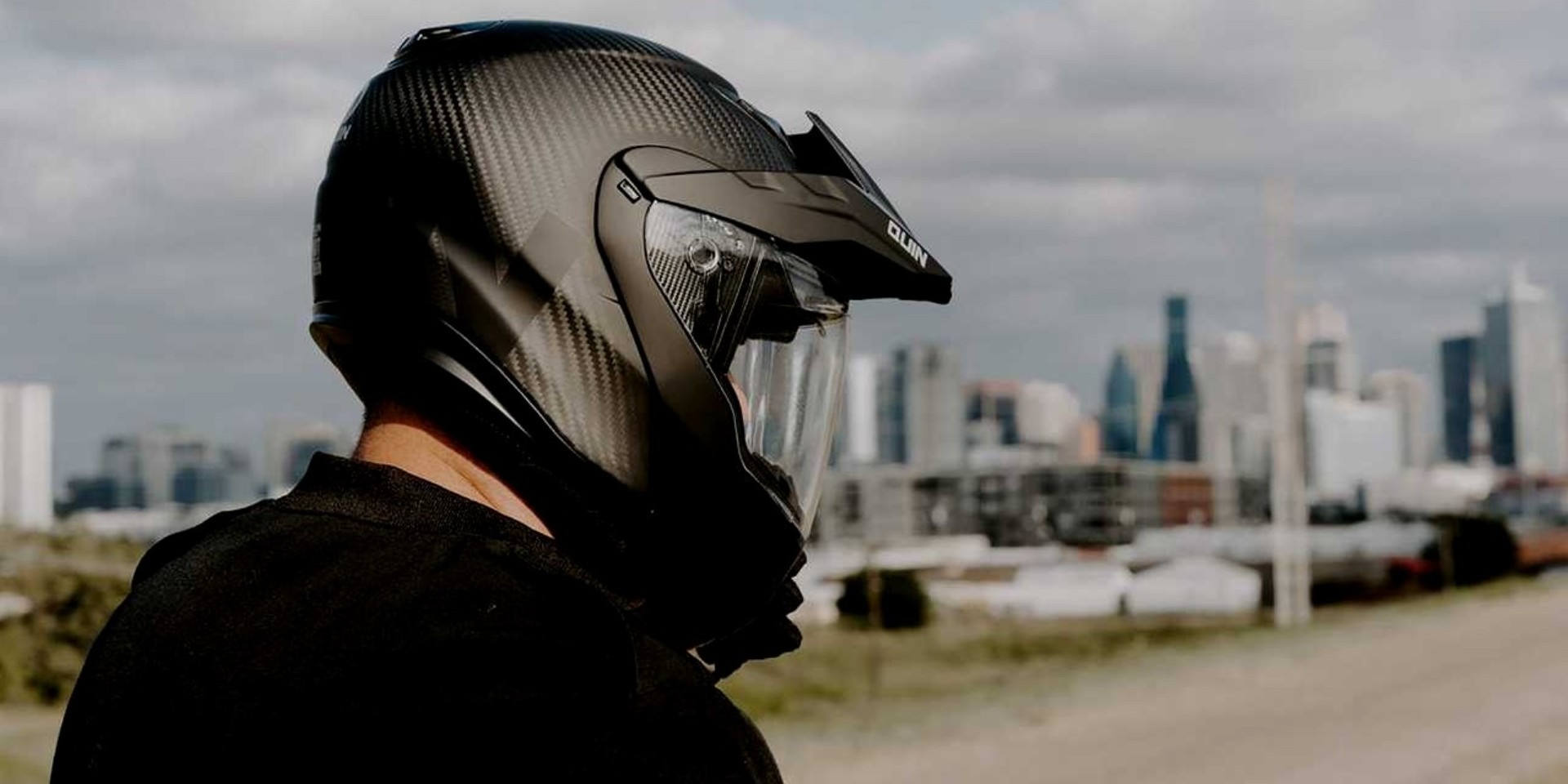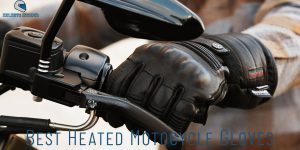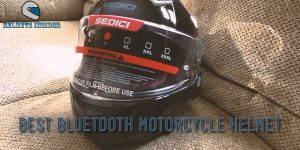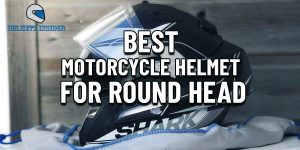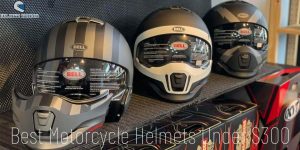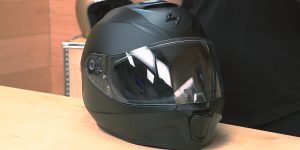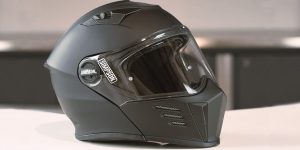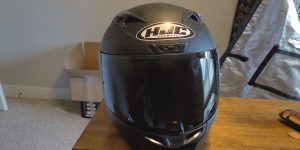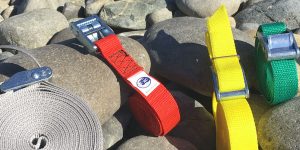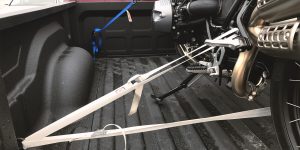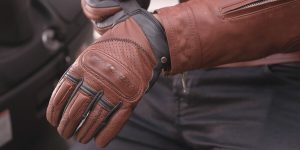If you’re a new rider or just looking to buy your first motorcycle helmet, it’s important to know how to tell if a helmet is too small. A too-small helmet can be dangerous because it won’t provide the protection you need in case of a crash.
In this post, we’ll explain how to tell if a helmet is too small, and we’ll also give some tips on choosing the right size for you.
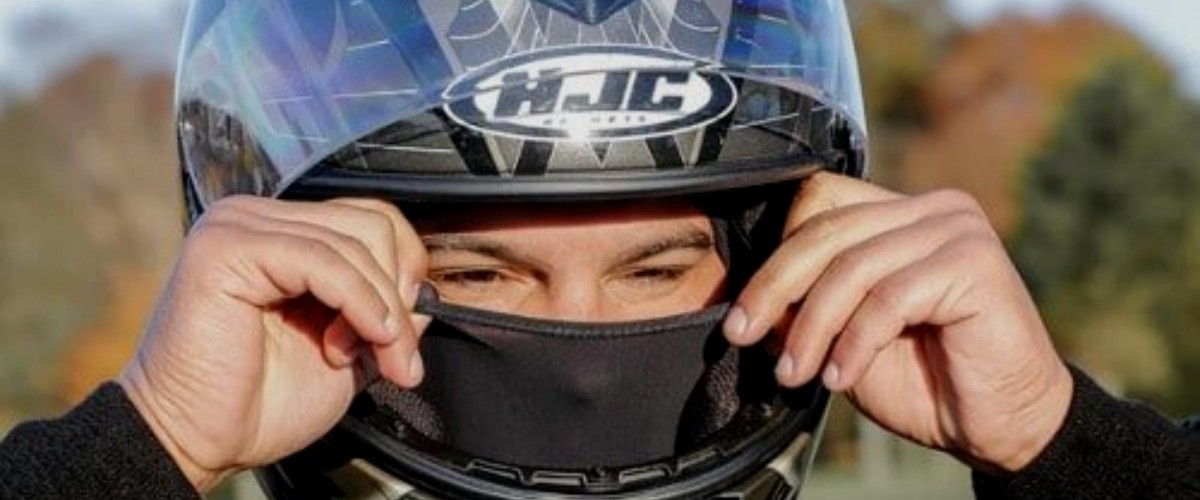
How do you know if a helmet is the wrong size?
Doesn’t fit tight enough
If you can fit more than two fingers between your chin and the helmet’s strap, it’s too loose. A loose helmet can come off in a crash, which means it won’t protect your head.
In addition, try to wiggle your head while the helmet is on. If you can move the helmet from side to side or up and down, it’s too big. The helmet should be snug enough that it doesn’t move when you move your head.
Pinches your skin
A too-small helmet will pinch your skin when you put it on. If you have to force the helmet onto your head, or if it feels uncomfortable, it’s probably too small.
Leaves marks on your forehead
Another way to tell if a helmet is too small is if it leaves marks on your forehead. For example, if you take the helmet off and there are red marks on your skin, the helmet is too tight.
Makes your head sweat
Your helmet should be well-ventilated to keep your head cool, so if it’s making your head sweat, it’s probably not a good fit.
If your helmet is too small, you should return it and get a bigger size. It’s essential to find a helmet that fits well because a poorly-fitting helmet can be dangerous.
How to choose the correct helmet size?
When selecting a motorbike helmet, the most important thing to consider is whether it feels good and is properly sized. To do this, follow the steps in the previous section.
In addition, you should also consider the following factors:
- The type of bike you ride. Different types of bikes require different types of helmets. For example, a dirt bike helmet will differ from a street bike helmet.
- The climate you ride in. You’ll need a motorcycle helmet for glasses wearers and well-ventilated model if you live in a hot climate. If you live in a cold climate, you’ll need a warm and comfortable helmet.
- Your budget. Helmets can range in price from a few hundred dollars to over a thousand dollars. Find one that fits your budget and your needs.
- Your riding style. If you’re a casual rider, you might want a different helmet than if you’re a racing enthusiast. So consider your riding style when choosing a helmet.

Tips for choosing the right helmet
Measure your head
Before you even start trying on helmets, you need to know your head’s size. To do this, wrap a measuring tape around your head, just above your eyebrows. If you don’t have a measuring tape, you can use a string or a piece of ribbon. Once you have your measurement, consult a size chart to determine what size helmet you need.
Try on the helmet
Once you’ve found a few helmets that are your size, it’s time to try them on. Put the helmet on and adjust the straps so it’s snug but not too tight. Then, put your hand up inside the helmet and push it around. You should be able to move the helmet from side to side and up and down. If you can’t, it’s too small.
Check your vision
Once the helmet is on, try looking around. You should be able to see clearly in all directions. If your vision is obscured, the helmet is too small.
Test the fit
Before you buy a helmet, you should always test the fit. To do this, put on the helmet and fasten the straps. Then, try to roll the helmet off of your head. If the helmet comes off easily, it’s too big.
Wear the helmet for about 20 minutes
It will give you a chance to see how the helmet feels and if it’s comfortable. If it’s not, keep looking until you find one that is.
Listen for noise
Motorcycle helmets can be noisy, so it’s important to find one that fits well and doesn’t make too much noise. First, put on the helmet and fasten the straps. Then, have someone else stand behind you and listen for noise. If the helmet is too big, it will be noisy.
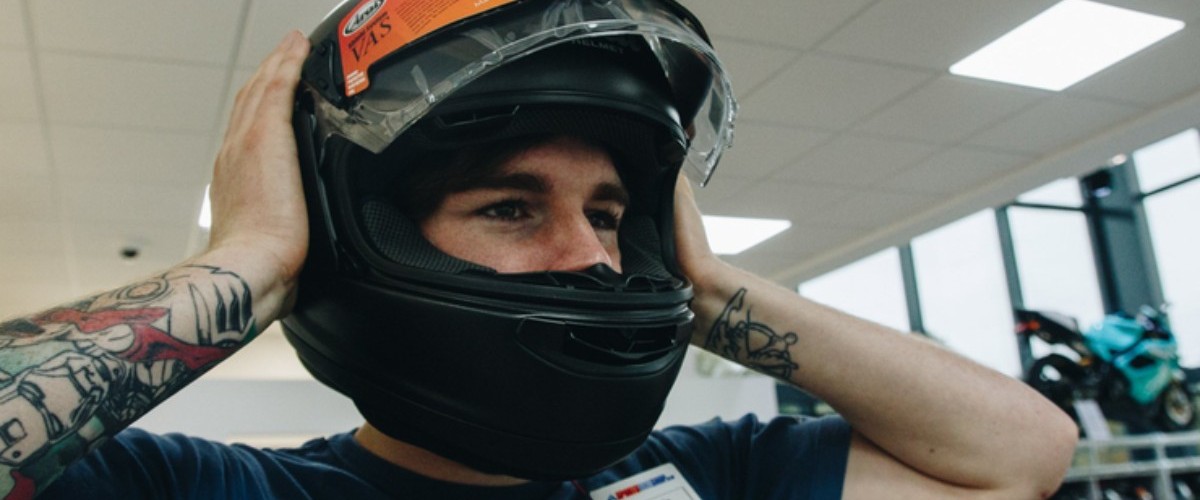
Choosing a helmet style
Once you’ve considered all of the above factors, it’s time to choose a helmet style. There are three main types of motorcycle helmets: best full face motorcycle helmet, open face, and half helmet.
Full face helmets offer the most protection. They cover your entire head, including your jaw and your cheeks. So if you’re going to be riding on the street, a full-face helmet is a good choice.
Open face helmets don’t cover your jaw or your cheeks. They offer less protection than full-face helmets, but they’re more comfortable in hot weather. If you’re going to be riding off-road, an open-face helmet is a good choice.
Half helmets only cover your head, and they don’t offer much protection. They’re the least safe option, but they’re also the most comfortable in hot weather. So if you’re going to be riding in a hot climate, a half helmet is a good choice.
Once you’ve chosen a helmet style, you can start looking for one that fits your needs. There are many different styles and brands of helmets to choose from. Find one that fits well and is comfortable.
When you’re choosing a motorcycle helmet, it’s important to pick the right size. A helmet that’s too small can be dangerous because it won’t protect your head in a crash. If you’re not sure what size to get, try on a few different helmets until you find one that fits well. And remember, if the helmet is uncomfortable or leaves marks on your skin, it’s probably too small.

